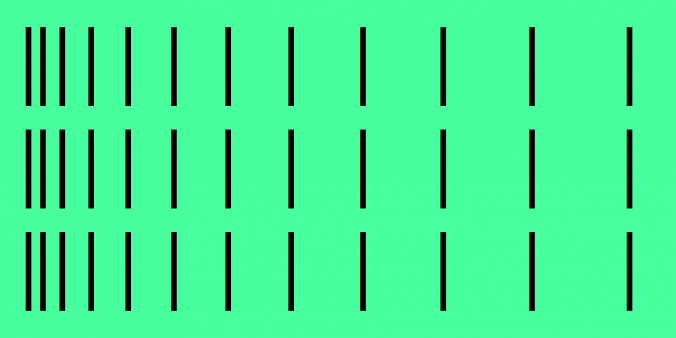
At an official ceremony, Radinck van Vollenhoven, the Dutch ambassador to Japan, unveiled the information plaque together with Mr. Keizo Ueda, chairman of the Nagasaki Japan Netherlands Association; Mr. Akifumi Kizu, the 23rd Abbot of this temple; and Roderick Wols, Dutch Consul General to Japan.
The restoration work and the information plaque, as well as the commemoration service held at the temple, are part of a management plan that the Dutch Embassy is implementing in consultation with local partners in Nagasaki.
The unveiling ceremony received a lot of media attention and was covered on television and in newspapers. The ambassador was quoted on Nagasaki television as saying that the Dutch government is grateful for the rebuilding of Deshima by Nagasaki, that the Dutch government places emphasis on the Shared Cultural Heritage programme and that our engagement in the cemetery with the local partners is a way to pay our respects to those who have gone before us and paved the way for the current strong relationship between the Netherlands and Japan. After the commemoration on 3 April, which focused on the representatives of our network in Nagasaki and on getting them involved in the cemetery, it is encouraging that reach-out to the population of Nagasaki was achieved with this event.
The information plaque was installed because there had been no explanation near the cemetery about the Dutch graves before this. The plaque provides an explanation in three languages: Dutch, English, Japanese. The text as well as the translations were prepared with the help of Canadian scholar Brian Burke-Gaffney, who has been living in Nagasaki for over 30 years and is a specialist in research on foreign graves in Nagasaki. The gate to the cemetery is always locked, but the key can be obtained at the temple office. Until now, however, without any sign informing people that this key could be obtained, many had turned away without entering. The plaque, installed on the outside of the wall surrounding the cemetery, mentions the possibility to get the key and view the cemetery from inside the walls.
In 2016 and 2017, reconstruction work on Deshima, the former VOC factory in Nagasaki, will see the completion of six buildings from the beginning of the 19th century and the bridge that connected the small island with the mainland and Nagasaki – and as such the world with Japan during that country’s period of isolation for over 250 years. Many events to commemorate this completion have been scheduled, and they will draw domestic and international attention to Deshima.


